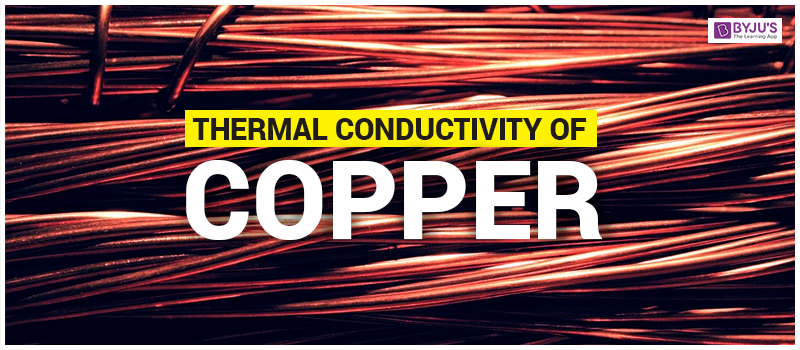
Introduction
Most of us are aware of the fact that elements are classified as either metals or nonmetals. The appearance of metals makes them easy to spot, owing to most of them being lustrous, shiny, malleable, ductile and hard by nature. On the other hand, non-metals are brittle and they are neither malleable nor ductile.
Presently we have the periodic table showing metals on the left side and nonmetals on the right. There is an imaginary line in the table where the elements display the features of both metals and nonmetals, and those are collectively called metalloids.
One of the most known metals which is part of our lives and known to us is copper as it is known to mankind for thousands of years. Copper has a reddish-brown colour which makes it easier to distinguish from others.
Table of Contents
Chemical Properties of Copper
Copper, just like other metals, creates copper oxides the moment they get some air exposure. This means that the reaction happens between oxygen present in the air and copper. This is not similar to the formation of rust that happens on metals like iron and actually would form the protective layer that preserves the metal.
There is a common misconception that copper would react when it comes in contact with water where the presence of oxygen is the real cause behind it. A real-world example would be that of the Statue of Liberty which is built using copper in its purest form and looks greenish owing to the chemical reactions
Once it is exposed to different kinds of sulphides, copper sulphides are formed which would discolour the copper metal.
Thermal Conductivity of Copper
| Material | Thermal conductivity
(cal/sec)/(cm² C/cm) |
Thermal conductivity (W/m K)* |
| Copper | 0.99 | 385.0 |
Copper is renowned for being a good conductor of electricity and heat. This happens because the delocalized electrons lying inside the solid lattice of metals have the freedom to move freely in their lattice. These would act as a transporters of heat and electric charge from one end to the other and turn the metals into good conductors.
With the rise in temperature, the thermal conductivity also tends to decrease. This is because the movement of free electrons is blocked due to the kernel of metal ions’ high-temperature vibration. For instance, if we use a copper bar and heat the bar using a burner, the atoms lying in that part of the bar would vibrate and scatter the heat through the bar.
From the above discussion, you would have realised why copper is considered one of the best conductors available on the planet and this is the only reason why it has been used by people around the world for meeting their power and energy demands.
Stay tuned with BYJU’S to learn more interesting topics in Chemistry. Also, get various engaging and interactive video lessons to learn more effectively.

Comments